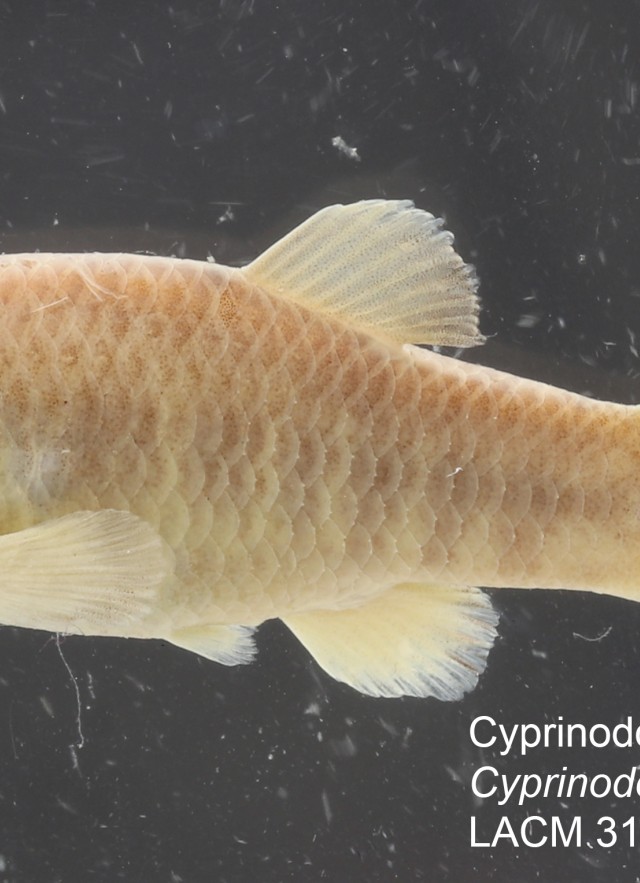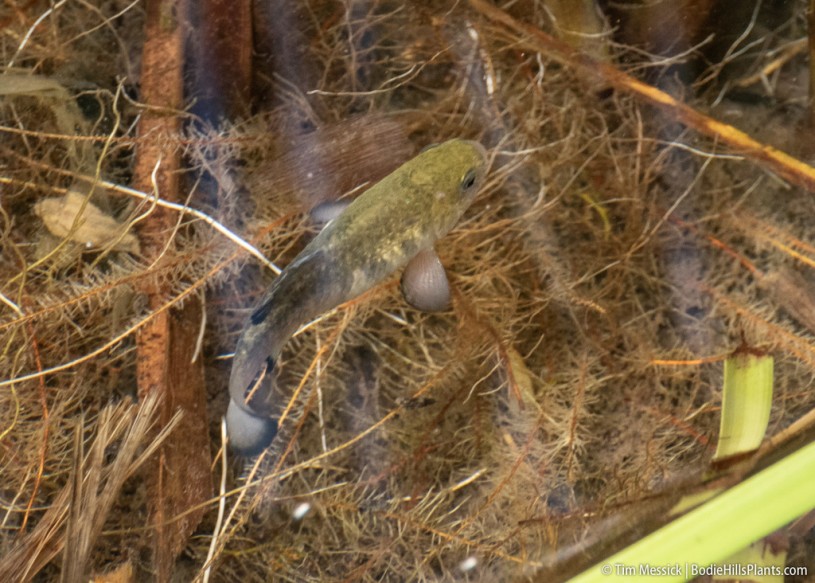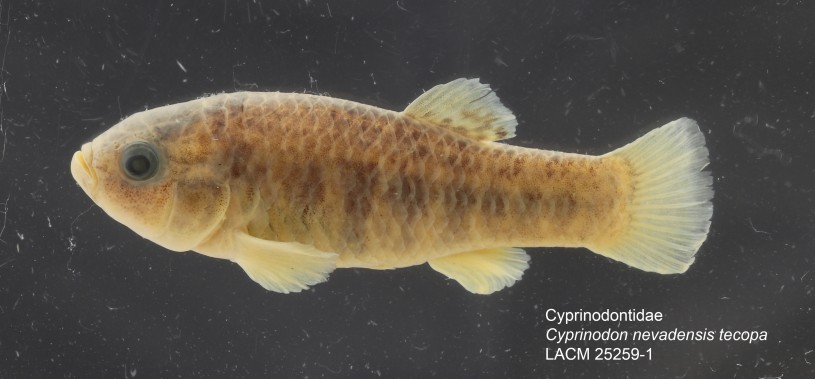Fishes Across America: Shoshone, California
Hit the road from your home and dive into the biodiversity of freshwater fishes across the U.S.

North America is a hotspot for freshwater fish diversity. Nearly 1,000 freshwater fish species are found in North America, and hundreds of those are found nowhere else in the world. In some areas of the United States, such as the Southeastern U.S. and the Appalachian Mountains, each stream, creek, and river has its own unique fish community species found exclusively in those systems. Join me on an ichthyological road trip across the country! We will visit some of these fish and the unique habitats where they live and learn about what makes them so special. We will head out from my home base at the Natural History Museum of Los Angeles County and tour up the western U.S., cut across the Midwest, and finish in the Roanoke region of the Appalachian Mountains. Along the way, we will check in on nine species of fish that are found nowhere else in the world.
" width="1000">
Our first stop is about a four-hour drive from Los Angeles: Shoshone, California, the southern gateway to the Death Valley National Park, population 31. Be sure to gas up before continuing your drive north on California State Highway 127.
Shoshone’s other claim to fame is being home to one of the rarest and most vulnerable fish in North America—the Shoshone pupfish, Cyprinodon nevadensis shoshone. Technically speaking, the Shoshone pupfish is one of six subspecies of Cyprinodon nevadensis. Each subspecies inhabits small pools or springs in isolated areas of the Mojave Desert. Almost all of them are considered vulnerable or endangered, and they all have high levels of state and federal protection. One, the Tecopa pupfish, Cyprinodon nevadensis calidae was declared extinct in 1981, earning the unfortunate distinction as the first species removed from the Endangered Species Act of 1973 because of extinction.

The Shoshone pupfish was thought to have been extinct in the 1960s. A small population was rediscovered in the springs outside Shoshone in 1986, surviving in an area so overgrown by cattails that researchers had not been able to access the area for years. Pupfish numbers were so low that almost all of them were collected and sent to universities—12 individuals each to the University of Nevada, Las Vegas and University of California, Davis. These fish were maintained as an emergency stopgap in case fish in the wild actually went extinct. Remarkably, the few fish that were left in their natural habitat continued to survive. Intensive management of the area has allowed their numbers in the wild to increase. There has not been a full population assessment of the subspecies, so we do not know exactly how many are left, but researchers visiting the site see them regularly, and fish traps frequently catch pupfish. They seem to have recovered and maintain a small, but stable population.

Pupfish are a bit unremarkable from the outside. They are small, about two inches long, kinda olive-gray in color, not exactly the type of fish you would want oodles of in your home aquarium (if you tried to keep Shoshone pupfish in your home aquarium, then the U.S. Fish and Wildlife Service would like to have a word with you). It is their exceptional resilience that makes the Shoshone pupfish truly special. You might expect that a fish that was driven to the very edge of extinction would be tough, but these fish are something else. The entire population of Cyprinodon nevadensis shoshone live in an area roughly the size of a football field. The water depth is 2 feet, the whole area is choked with weeds (or it was before habitat restoration removed some of the cattails), and water temperatures routinely reach 95 °F. When the population was rediscovered in 1986, researchers detected chlorine in the water, discharged from a nearby swimming pool. These fish have had loads of harsh conditions thrown at them, and still they persist.

Their status is, as you might imagine, precarious. With such a small space to call home, anything that alters their habitat could mark their end. Natural events like drought or overgrowth of cattails could pose grave threats, as could man-made events like habitat alteration, water use, introduction of invasive species, and pollution. Fortunately, management plans are in place, and those efforts so far have made the Shoshone pupfish a wildlife conservation success story.